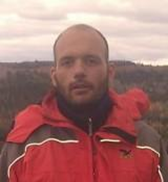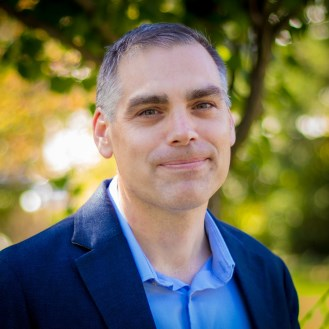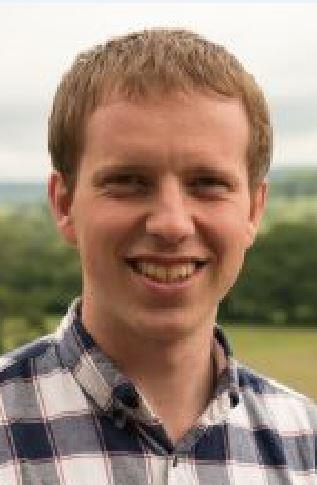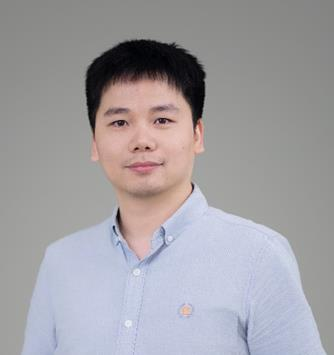Cloud services for global elevation data and seamless geomorphometric analysis
Dr.Tom Hengl
OpenGeoHub Foundation, The Netherlands
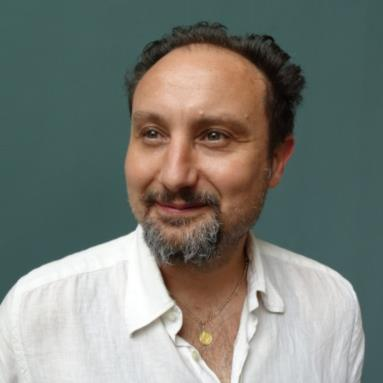
February 1st , 2023
7:00 MST (UTC -7), 9:00 EST (UTC -5), 11:00 BRT (UTC - 3), 14:00 GMT (UTC +0), 15:00 CET (UTC +1), 16:00 EET (UTC +2), 22:00 CST (UTC +8)
Recording available in our YouTube channel
Bio: Tom Hengl has more than 20 years of experience as an environmental modeller, predictive soil mapper, data scientist and spatial analyst. He has collaborated on projects with numerous international organizations including The Nature Conservancy, Woods Hole Research Centre, the Bill and Melinda Gates Foundation, UNCCD, Africa Soil Information Service, PBL and numerous other organizations. His extensive experience in spatial prediction and statistically-based modelling has led him to become a widely recognized expert in the areas of Machine Learning and Big Geodata for environmental modelling.
Abstract: In recent years, a number of global public topography datasets at high spatial resolutions (30m) have been released, including GLO-30 and ALOS AW3D. These can be combined with MERITDEM and ICESat-2 + GEDI point-based ground surface elevation data and global canopy height estimates to produce an ensemble estimate of the terrain/land surface height. Our results for Continental Europe show that machine learning can be used to remove canopy and buildings, although some post-processing is still needed to create hydrologically correct DTMs. The produced ensemble model is shared as Cloud-Optimized GeoTIFFs to allow for unrestricted access simply via QGIS or similar. Google Earth, Microsoft Planetary computer, OpenEO.cloud further provide “free” computing capacity allowing for the testing of algorithms and methods. These types of data infrastructures will revolutionize Geomorphometry and lead to more accurate, more usable and easier to access flood / landslide risks maps and similar.

